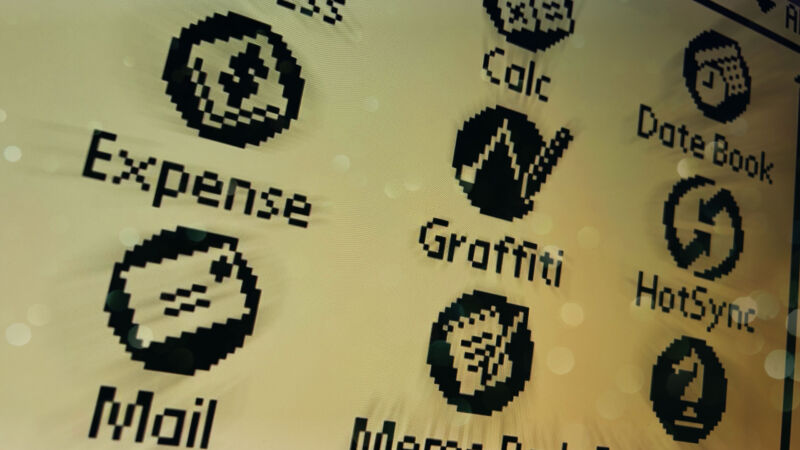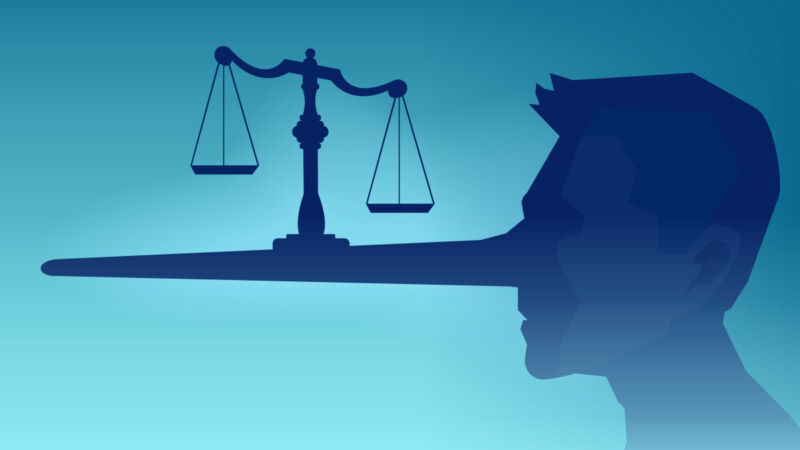-
 chevron_right
chevron_right
Palm OS and the devices that ran it: An Ars retrospective
news.movim.eu / ArsTechnica · 11:00 · 1 minute

Enlarge (credit: Aurich Lawson)
“Gadgets aren’t fun anymore,” sighed my wife, watching me tap away on my Palm Zire 72 as she sat on the couch with her MacBook Air, an iPhone, and an Apple Watch.
And it’s true: The smartphone has all but eliminated entire classes of gadgets, from point-and-shoot cameras to MP3 players, GPS maps, and even flashlights. But arguably no style of gadget has been so thoroughly superseded as the personal digital assistant, the handheld computer that dominated the late '90s and early 2000s. The PDA even set the template for how its smartphone successors would render it obsolete, moving from simple personal information management to encompass games, messaging, music, and photos.
But just as smartphones would do, PDAs offered a dizzying array of operating systems and applications, and a great many of them ran Palm OS. (I bought my first Palm, an m505, new in 2001, upgrading from an HP 95LX.) Naturally, there’s no way we could enumerate every single such device in this article. So in this Ars retrospective, we’ll look back at some notable examples of the technical evolution of the Palm operating system and the devices that ran it—and how they paved the way for what we use now.










